Best Timing for Waterproofing Applications
Waterproofing is essential for protecting structures from water intrusion, which can cause damage, mold growth, and structural deterioration. Proper timing ensures the effectiveness and longevity of waterproofing treatments, reducing the need for frequent repairs.
Spring offers moderate temperatures and lower humidity, ideal for waterproofing projects. It allows sufficient curing time before the summer heat and winter cold.
Summer provides warm weather with less rain, but excessive heat and humidity can affect drying times and adhesion of waterproofing materials.
Fall is suitable due to cooler temperatures and reduced rainfall, enabling effective application before winter.
Winter is generally not recommended due to freezing temperatures and high moisture levels, which hinder proper application and curing.
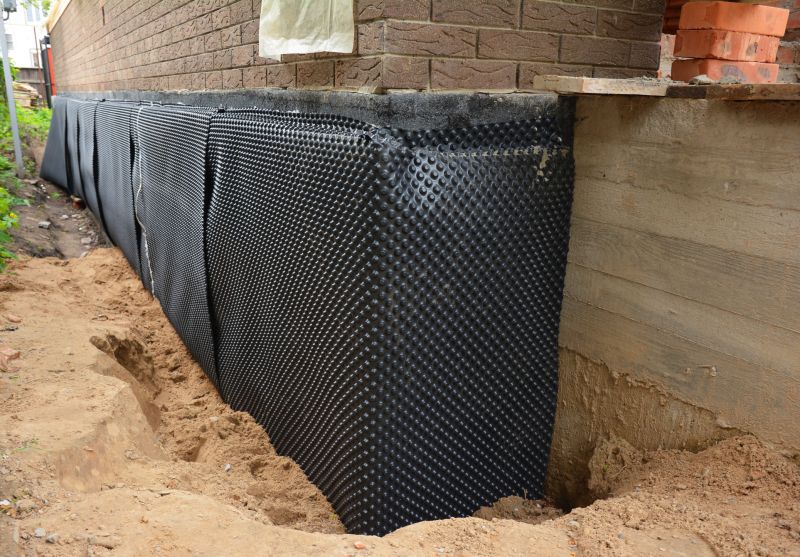
Ways to make Waterproofings work in tight or awkward layouts.
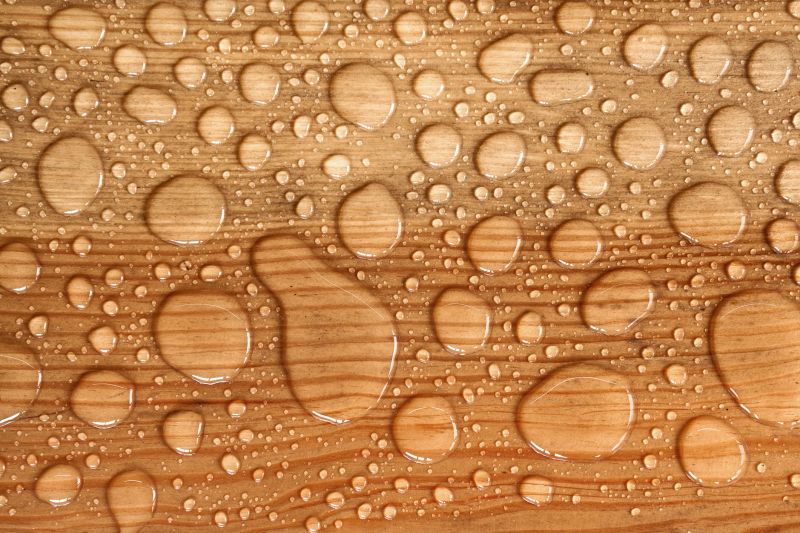
Popular materials for Waterproofings and why they hold up over time.
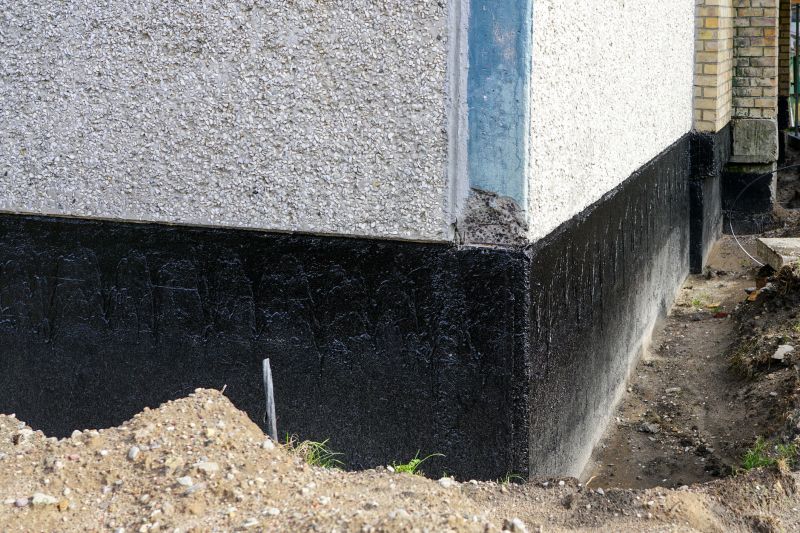
Simple add-ons that improve Waterproofings without blowing the budget.
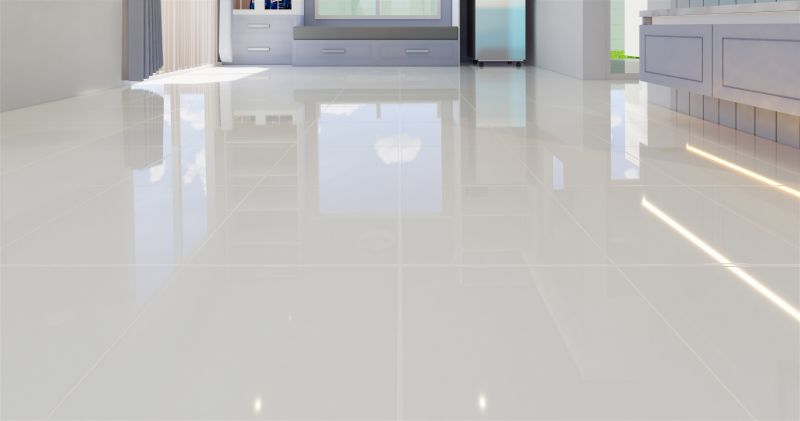
High-end options that actually feel worth it for Waterproofings.
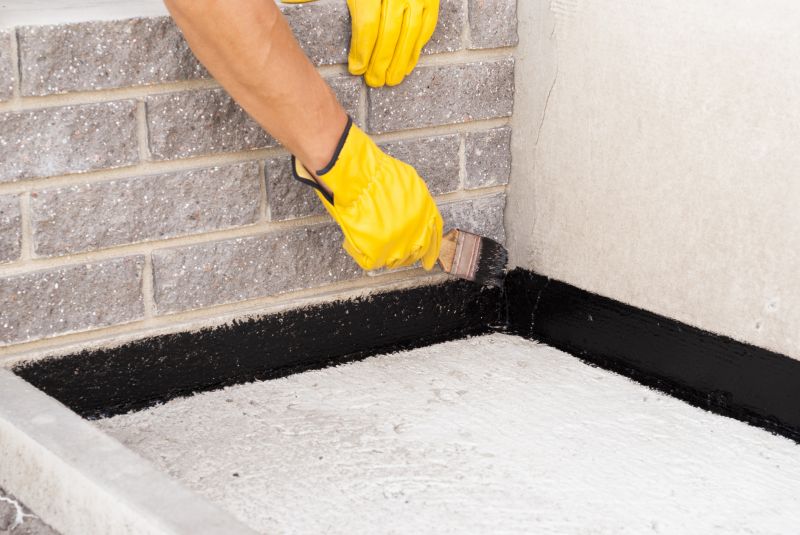
Finishes and colors that play nicely with Waterproofings.
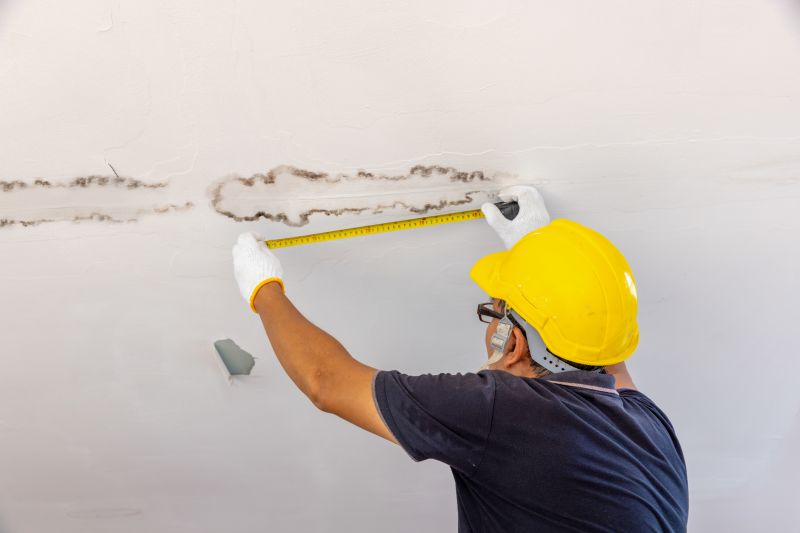
Little measurements that prevent headaches on Waterproofings day.
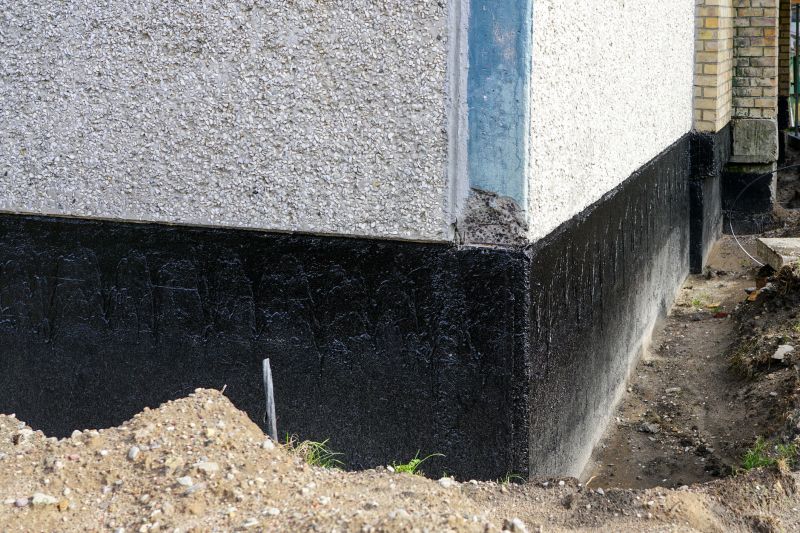
A 60-second routine that keeps Waterproofings looking new.

A frequent mistake in Waterproofings and how to dodge it.

Small tweaks to make Waterproofings safer and easier to use.
| Season | Optimal Conditions |
|---|---|
| Spring | Moderate temperatures, lower humidity, dry weather |
| Summer | Warm temperatures, less rain, but watch for high humidity |
| Fall | Cooler temperatures, reduced rainfall, dry conditions |
| Winter | Freezing temperatures and high moisture levels |
Waterproofings involve applying specialized materials to prevent water penetration in various structures. These treatments are crucial for basements, roofs, foundations, and other exposed surfaces. Proper timing, based on weather conditions, enhances adhesion and durability, ensuring long-term protection. According to industry statistics, waterproofing can extend the lifespan of structures by up to 50%, reducing maintenance costs over time.
Effective waterproofing depends on selecting appropriate materials and applying them under suitable weather conditions. Dry, mild weather ensures optimal curing and adhesion, minimizing the risk of future leaks. Regular inspections and timely reapplications can further prolong the effectiveness of waterproofing systems, safeguarding properties from water damage.

Lower-waste or water-saving choices for Waterproofings.

The short, realistic tool list for quality Waterproofings.

Rough timing from prep to clean-up for Waterproofings.

Quick checks and paperwork to keep after Waterproofings.
Interested in waterproofing services? Filling out the contact form provides a convenient way to request more information and schedule assessments to ensure your property remains protected against water intrusion.

